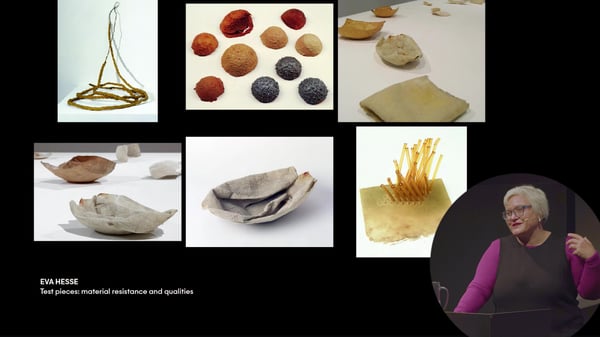At a moment of digital ubiquity, it may be easier to treat the data from digital platforms as primary in contemporary innovation and to believe that, if coated with sensors in an internet of things, the stiff, dumb world will suddenly become responsive and “smart.” But the heavy lumpy components of space are themselves information systems that don’t really need digital devices to make them dance. So, since architecture and urbanism are making radical changes to the globalizing world, space may be an underexploited medium of innovation. Like those media theorists who are returning to elemental understandings of media as surrounding environments of air, water, or earth, medium design uses a spatial medium to rehearse this habit of mind and prompt innovative thought about both spatial and non-spatial problems.
Keller Easterling
Architect, writer and professor at Yale. Her most recent book, Extrastatecraft: The Power of Infrastructure Space (Verso, 2014), examines global infrastructure as a medium of polity. A recently published e-book essay titled Medium Design (Strelka Press, 2018) previews a forthcoming book of the same title. Medium Design inverts an emphasis on object and figure to prompt innovative thought about both spatial and non-spatial problems.Another recent book, Subtraction (Sternberg, 2014), considers building removal or how to put the development machine into reverse. Histories of Things that Don’t Happen and Don’t Always Work (ARQ Editiones, 2017) is an essay collection, and The Action is the Form: Victor Hugo’s TED Talk (Strelka Press, 2012) is an e-book previewing some of the arguments in Extrastatecraft.
Class of Interpretation (COI) is a joint educational project between Thyssen-Bornemisza Art Contemporary, Vienna (TBA21), and the Academy of Fine Arts, Prague (AVU).





